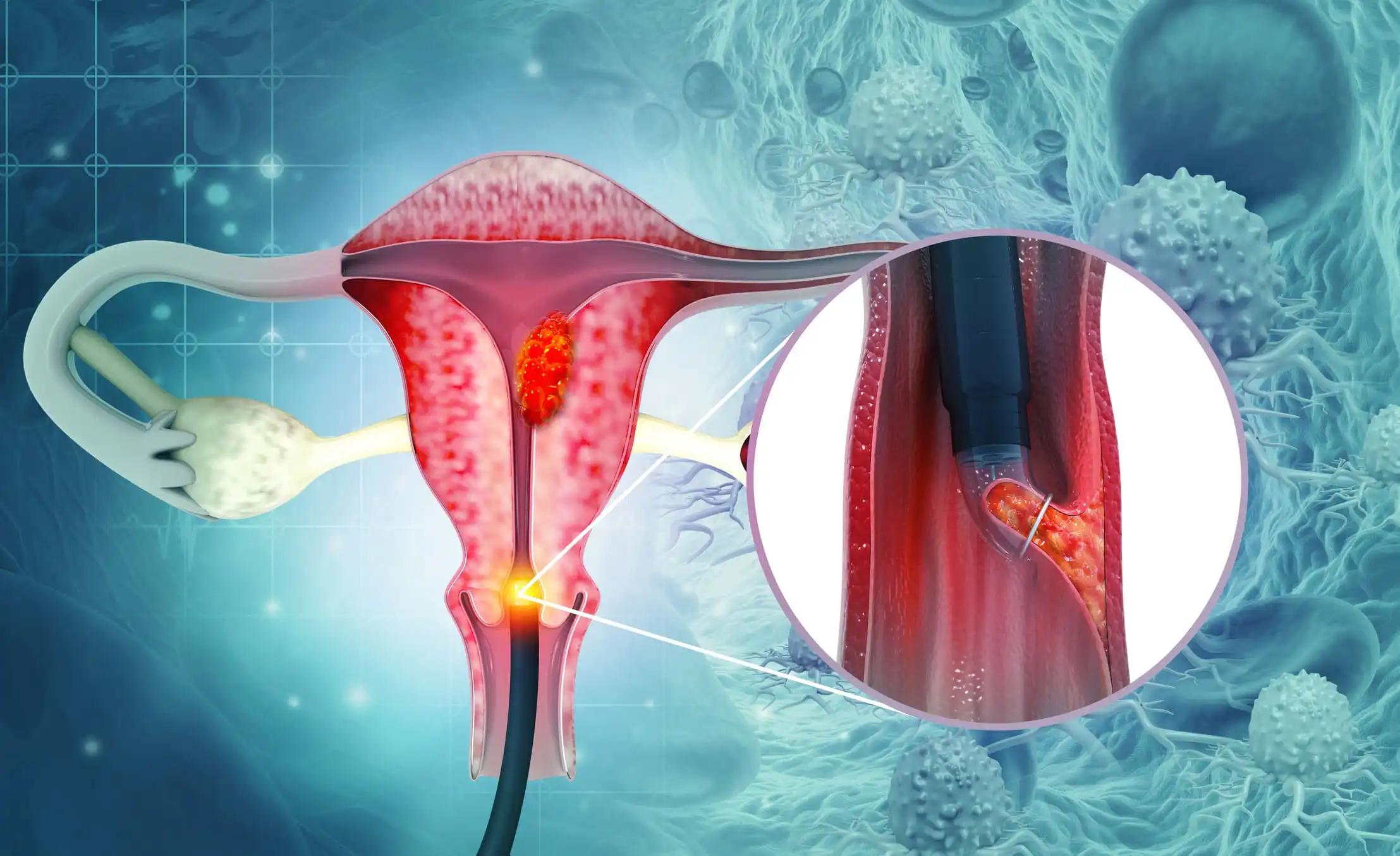KEY TAKEAWAYS
- The study aimed to investigate the role of ALOX5+ MCs in CC progression.
- Researchers noticed that C2 ALOX5+ MCs play a critical role in CC progression, offering new insights for clinical decision-making.
Cervical cancer (CC) is the 4 most common malignancy among women worldwide and remains the leading cause of cancer-related deaths in developing countries. Early symptoms of CC are often subtle, leading to late-stage diagnoses and poor clinical outcomes. While research has established a close connection between mast cells (MCs) and tumor development, limited studies have focused on the specific role of MCs in CC.
Therefore, this study utilized single-cell multi-omics analysis on human CC cells to investigate how MCs interact with the tumor microenvironment, aiming to uncover key mechanisms involved in CC progression. The ultimate goal was to provide a scientific foundation for improved prevention, diagnosis, and treatment strategies in CC, with the hope of enhancing patient outcomes and quality of life.
Fu Zhao and the team aimed to assess the transformative role of ALOX5+ MCs in CC progression, using in vitro experiments to explore the impact of TNFRSF12A gene knockdown and develop a predictive model based on the C2 ALOX5+ MCs subpopulation.
They performed an inclusive analysis by acquiring single-cell RNA sequencing data from 10 CC tumor samples available in the ArrayExpress database. Slingshot and AUCcell were applied to infer and evaluate the differentiation trajectory and cell plasticity of MC subpopulations. Patients’ differential expression analysis of MC subpopulations in CC was conducted, incorporating Gene Ontology, gene set enrichment analysis, and gene set variation analysis.
CellChat software was used to predict the communication between MC subpopulations and CC cells. Cellular functional experiments validated the role of TNFRSF12A in HeLa and Caski cell lines. A risk-scoring model was then constructed to assess differences in clinical features, prognosis, immune infiltration, immune checkpoint expression, and functional enrichment across various risk scores. Additionally, copy number variation levels were computed using inference of copy number variations.
About 93,524 high-quality cells were obtained and classified into 10 distinct cell types, including T/NK cells, endothelial cells, fibroblasts, smooth muscle cells, epithelial cells, B cells, plasma cells, MCs, neutrophils, and myeloid cells. Among these, a total of 1,392 MCs were further subdivided into seven subpopulations: C0 CTSG+ MCs, C1 CALR+ MCs, C2 ALOX5+ MCs, C3 ANXA2+ MCs, C4 MGP+ MCs, C5 IL32+ MCs, and C6 ADGRL4+ MCs.
Notably, the C2 subpopulation demonstrated strong associations with tumor-related MCs. Results from Slingshot indicated that the C2 subpopulation was positioned at the intermediate-to-late stage of differentiation, potentially marking a critical transition phase in the benign-to-malignant transformation of CC. CNVscore and bulk analysis further validated the transformative state of the C2 subpopulation.
CellChat analysis identified TNFRSF12A as a key receptor involved in the functions of C2 ALOX5+ MCs. In addition, in vitro experiments showed that downregulating the TNFRSF12A gene could partially inhibit the development of CC. Furthermore, a prognostic model and immune infiltration analysis based on the marker genes of the C2 subpopulation offered valuable insights into patient prognosis and guided clinical intervention strategies.
The study concluded that the transformative tumor-associated MC subpopulation, C2 ALOX5+ MCs, plays a crucial role in CC progression by residing at a critical stage of tumor differentiation. In vitro experiments demonstrated that knocking down the TNFRSF12A gene significantly inhibited CC development.
The prognostic model, constructed based on the C2 ALOX5+ MCs subset, showed excellent predictive value, providing valuable insights for clinical decision-making in CC management. These findings offer new perspectives for improving patient prognosis and guiding targeted treatment strategies.
This study was funded by the Zhejiang Provincial Public Welfare Technology Applied Research Program No. LTGY23H160013, Zhejiang Provincial Medicine and Health Science and Technology Program (No. 2023KY071), the Zhejiang Provincial Medical and Health Science and Technology Plan (No. 2021KY574).
Source: https://pubmed.ncbi.nlm.nih.gov/39224598/
Zhao F, Hong J, Zhou G, et al. (2024). “Elucidating the role of tumor-associated ALOX5+ mast cells with transformative function in cervical cancer progression via single-cell RNA sequencing.” Front Immunol. 2024;15:1434450. Published 2024 Aug 19. doi:10.3389/fimmu.2024.1434450



